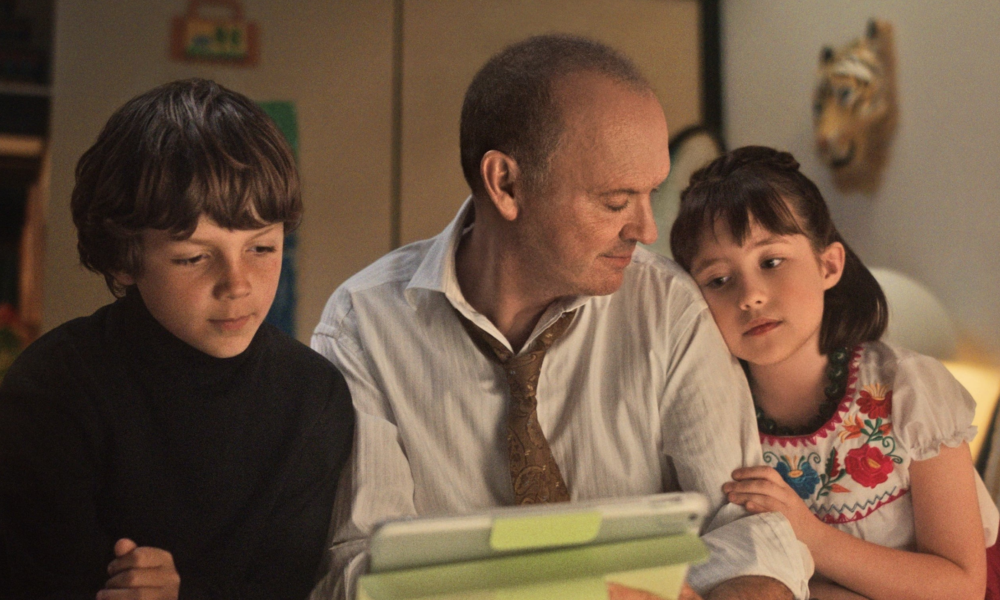
The Front Page – REVIEW
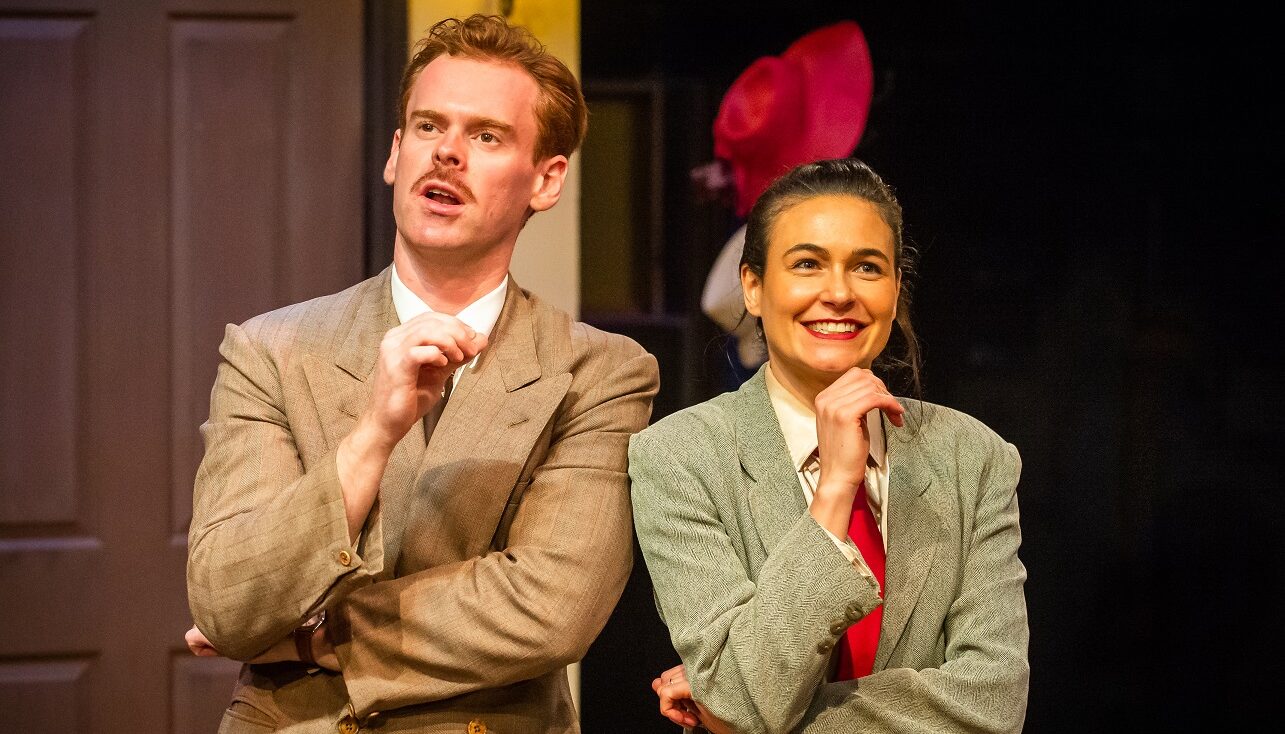
Written by screenwriters and one-time reporters, Ben Hecht and Charles MacArthur and first produced in Chicago in 1928, The Front Page is a dark, sardonic, briskly paced play about the cut-throat quest for a headline.
The New Theatre’s slightly revised version by director, Nicholas Papademetriou, see some gender swaps and minor adjustments, but is mostly true to the original.
It’s 1930s Chicago. An newsroom has been set up in the Chicago Criminal Courts Building, with its window overlooking the courtyard where a gallows is being prepared for an impending execution. Social agitator, Earl Williams (Diego Retamales) has been sentenced to hang for the murder of a black police officer.
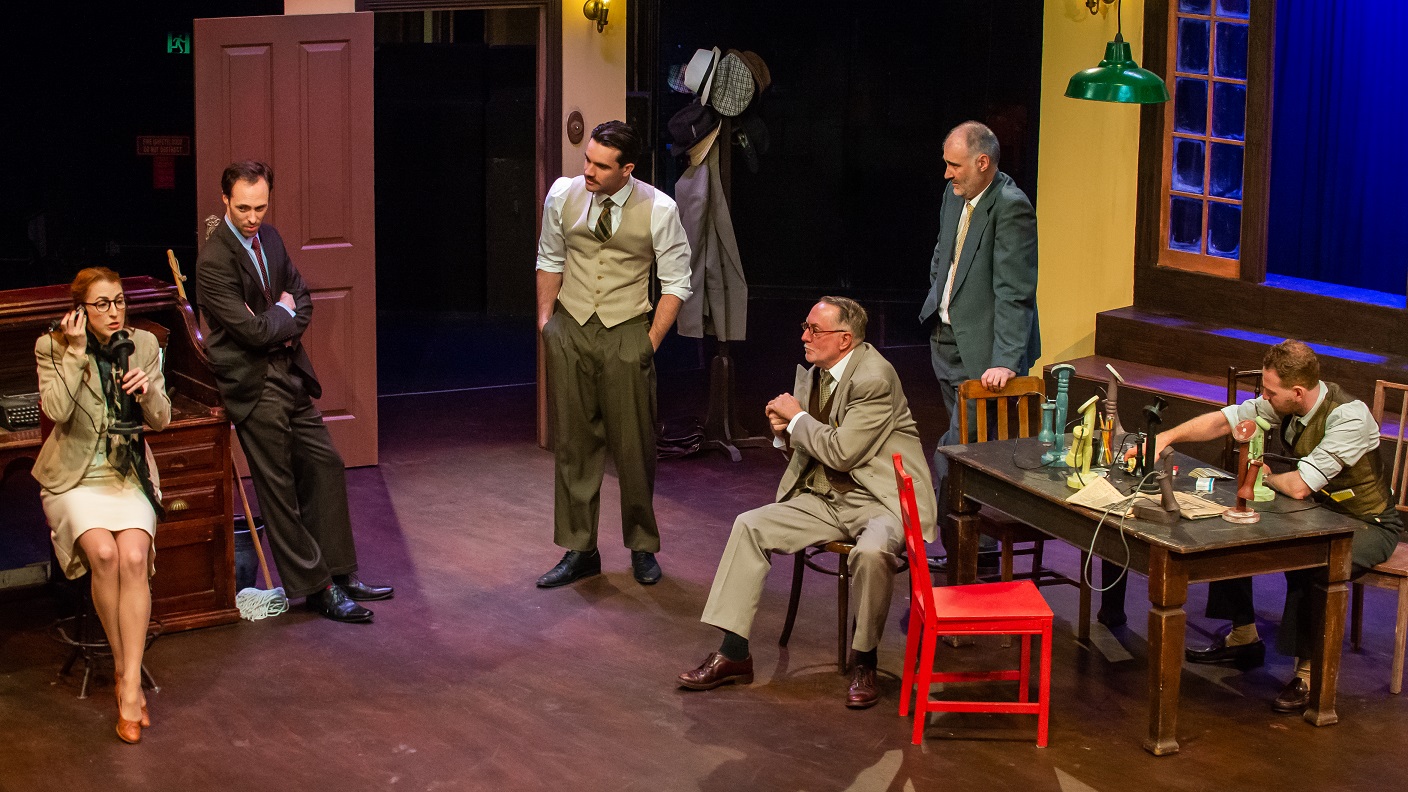
The play opens in the newsroom with a motley bunch of bored reporters playing cards, making wise cracks, answering phones and declining one proposed lead after another because the stories lack the requisite drama (fires are too small, traffic accidents have no fatalities etc).
In walks star reporter from the tabloid rag, The Examiner, Hildy Johnson (Rose Treloar), announcing she has quit the newspaper business and is getting married. The other reporters find this hard to believe; Hildy is renowned for her hound-like nose and tenacity.
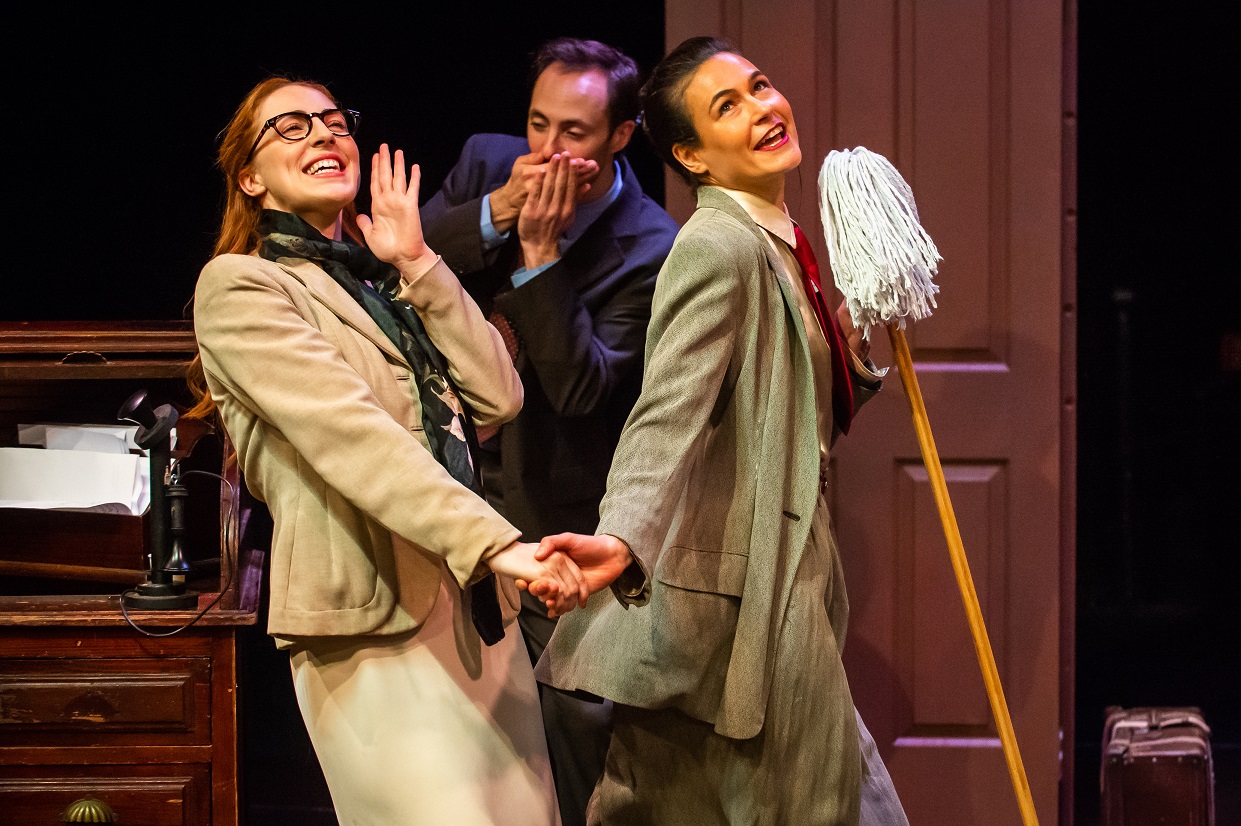
Her resolution is tested when the prisoner, Earl Williams, escapes and goes on the run. It’s a huge story, and each successive detail and event that follows only makes it more sensational. Less tempting for Hildy, is her very bland, umbrella and hat carrying fiancé, Bruce (Michael Smith) who plans a quiet, homely life for Hildy — and his mother (Alison Chambers).
Meanwhile, Hildy is also being harassed by her now ex-boss, Walter Burns (Andrew Waldin), who is pleading for her to change her mind and stay, and, it seems, not just because he admires her journalistic prowess.
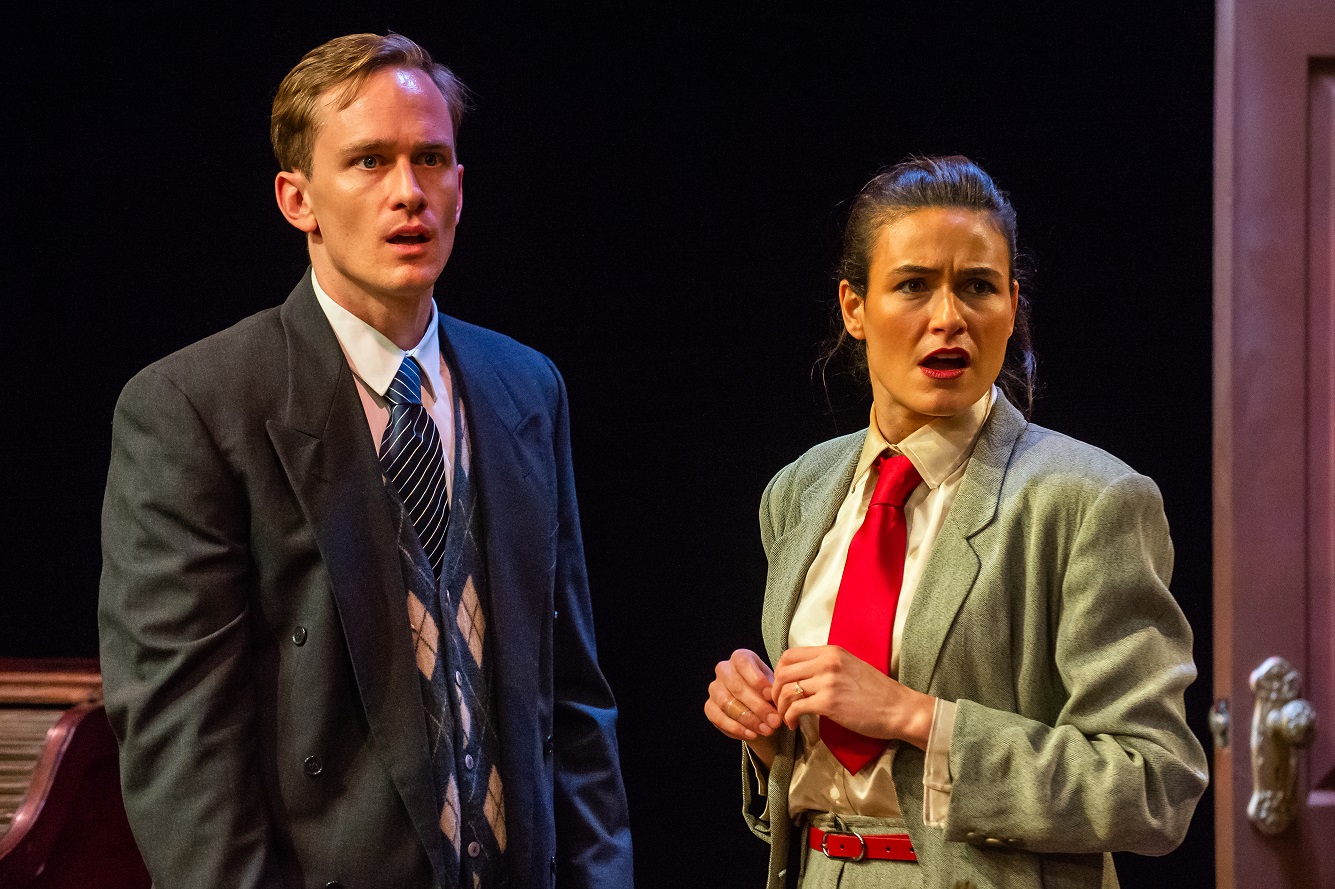
The Front Page was well received when it debuted almost a century ago, and it has seen numerous adaptations for film, stage, television and radio, each time with only minor changes to the script.
The most significant change in this version is that Hildy is a woman and there is romantic implication between her and Walter. In the original version, Hildy is a man (Hildebrand instead of Hildegard) and, of course, there is no romantic suggestion (although, arguably, there may be hints of homosexual overtones).
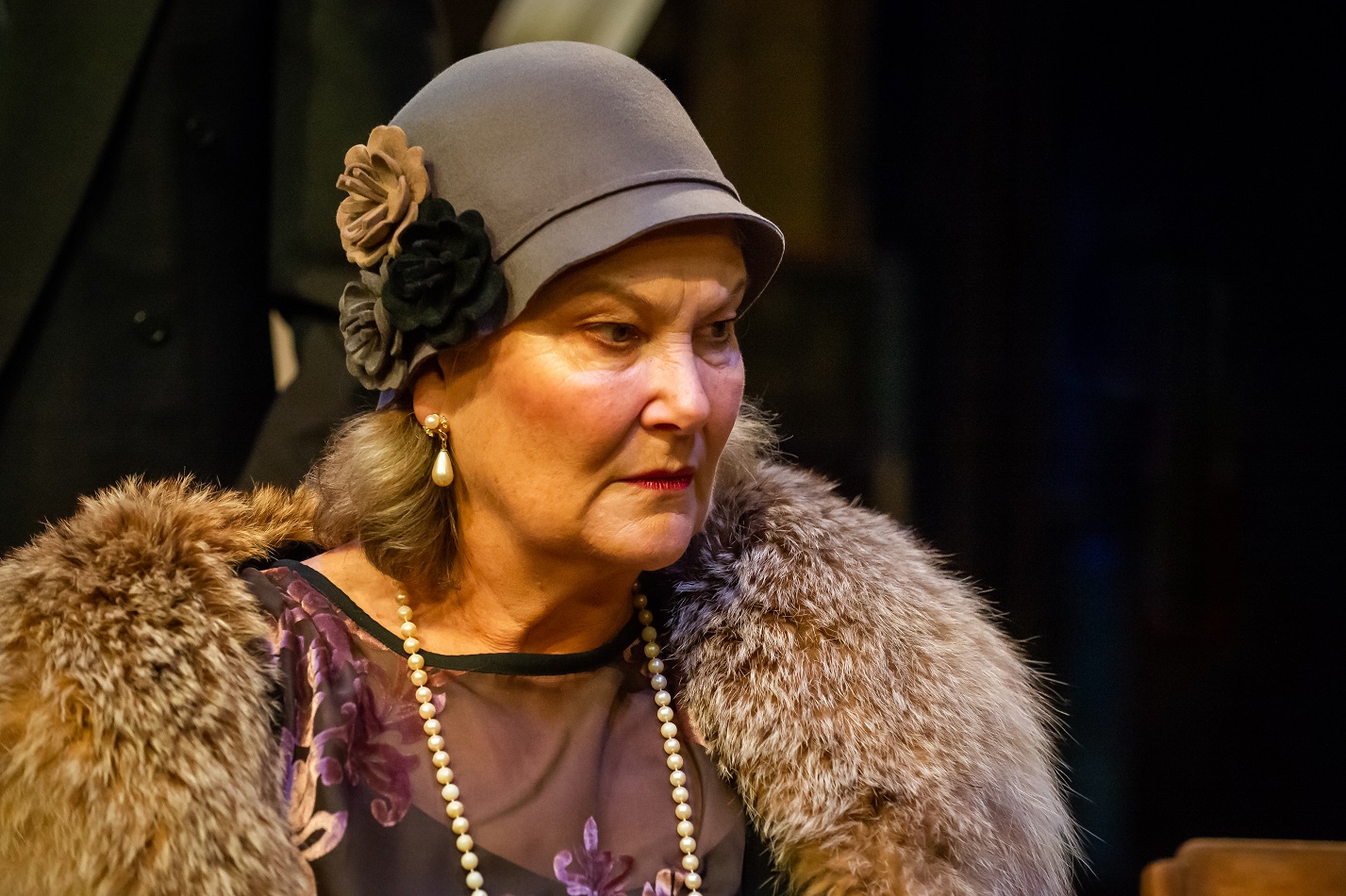
This gender switch has been done before — in the second film adaptation re-titled His Girl Friday (1940), with Cary Grant and Rosalind Russell effecting the sassy banter popular in Hollywood at the time, and which this play most closely resembles.
It’s a total cast of 18, with none being only walk-ons, so it’s too hard to single out many performers. All were very good, handling the Chicago street talk of the period, and the incredibly fast dialogue with reasonable aplomb.
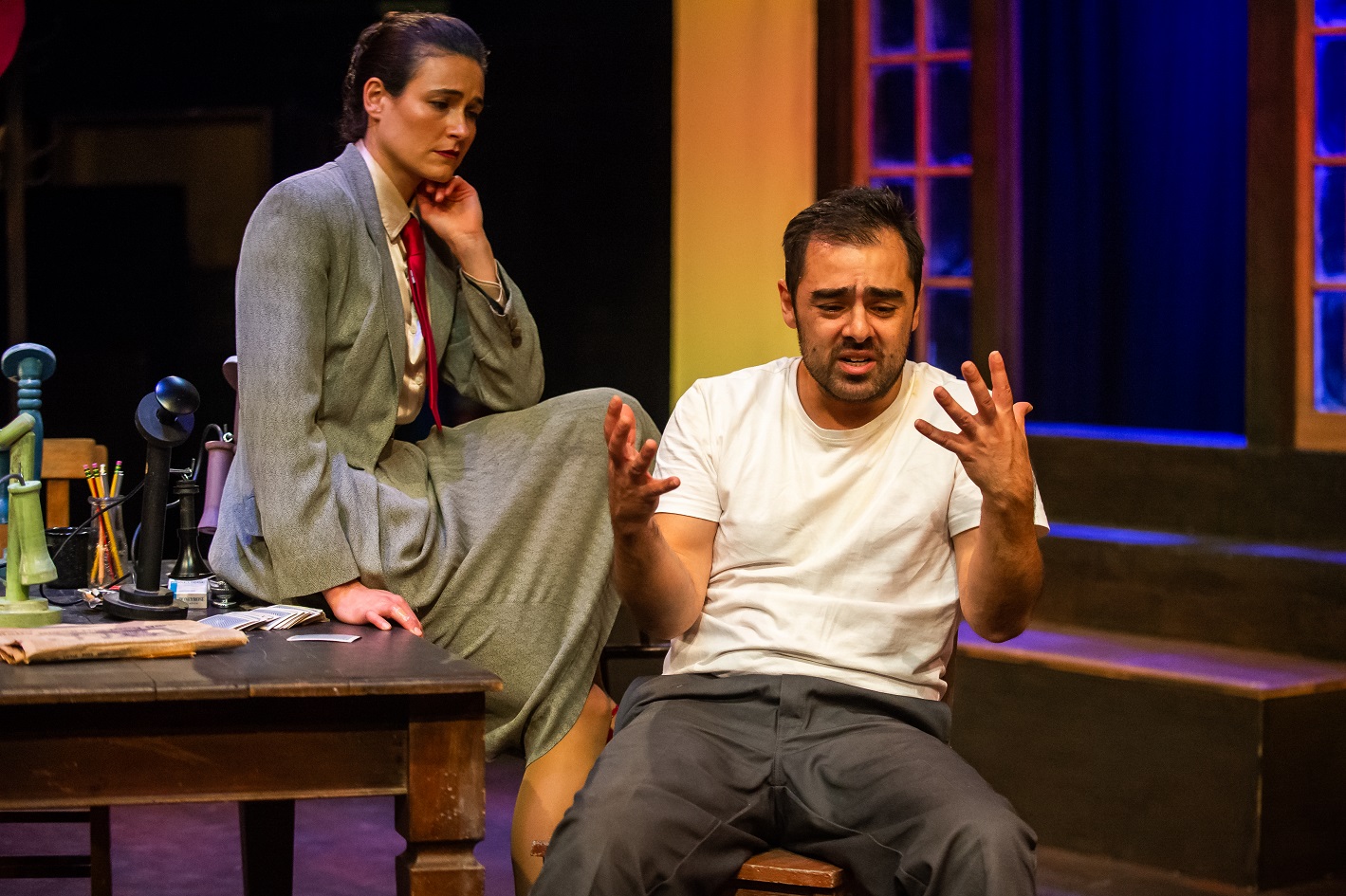
Rose Treloar is riveting as Hildy, deliberately chewing the scenery as she channels her inner Hollywood vixen. Andrew Waldin is the last actor to take the stage (in a huge ensemble) as Walter, but he is charismatic and confident when he does.
Alison Chambers is wonderful in the character role of Mrs Grant, and Michael Smith as her son, the forlorn fiancé, Bruce, summons humour and pity.
Also noteworthy are Cassady Maddox Booth as Officer Gerta Eichhorn; Megan Heferen sex-worker and Earl’s girlfriend, Molly Malloy; Callum Stephen as gangster-turned-newspaper man, Diamond Louie; and James Yeargain as Sheriff Hartman. This does not diminish the performances of the rest of the cast, who were all great.

In terms of design, the costumes are all apt, with creative variations on the male characters’ attire, circumventing what was a fairly dull period of fashion for men.
The play is set exclusively in the newsroom, with lots of entry/exit through a door at the rear, and off-stage action taking place through a window. The set is fairly sparse and static: a roll-top desk, a simple table and chairs, a window cut into a flat on one side of the stage.
The area behind the back wall of the newsroom is visible to the audience, allowing for an extension of action beyond the room.
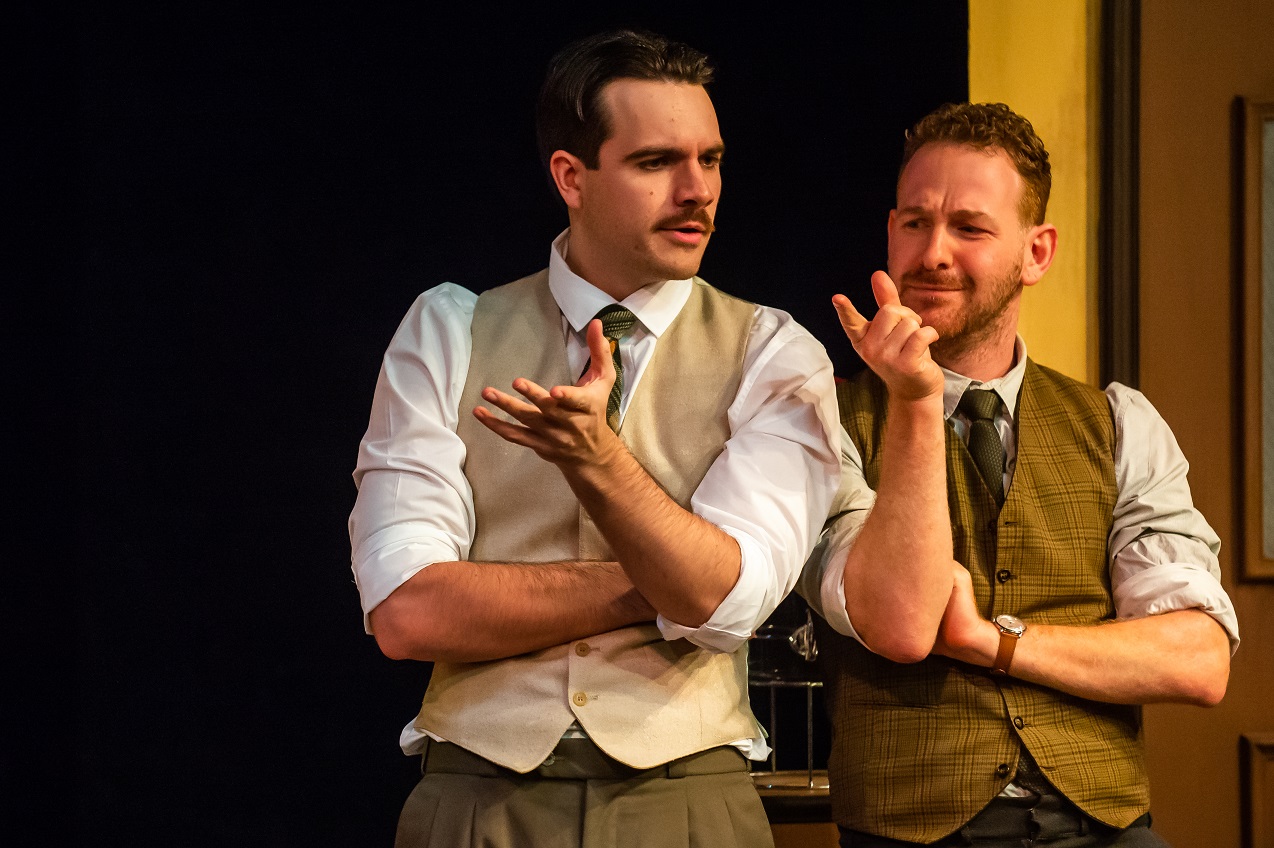
On the table are several candlestick-style telephones which have clearly been hand-made by the prop department. Phones are handled frequently by many characters and, alas, the hook device for the ear piece proved cumbersome for most. With the pace of this play being so frenetic, they might want to think about a more foolproof design.
Though written nearly 100 years ago, and very indicative of its time, The Front Page has themes that still resonate today. Unfortunately, the callous, competitive news sphere hasn’t changed; politics is as corrupt and disingenuous as ever; and love is, sigh, still love.
There are some confronting themes and comments in this play, but it is self-aware. It is also still very, very funny and clever.









